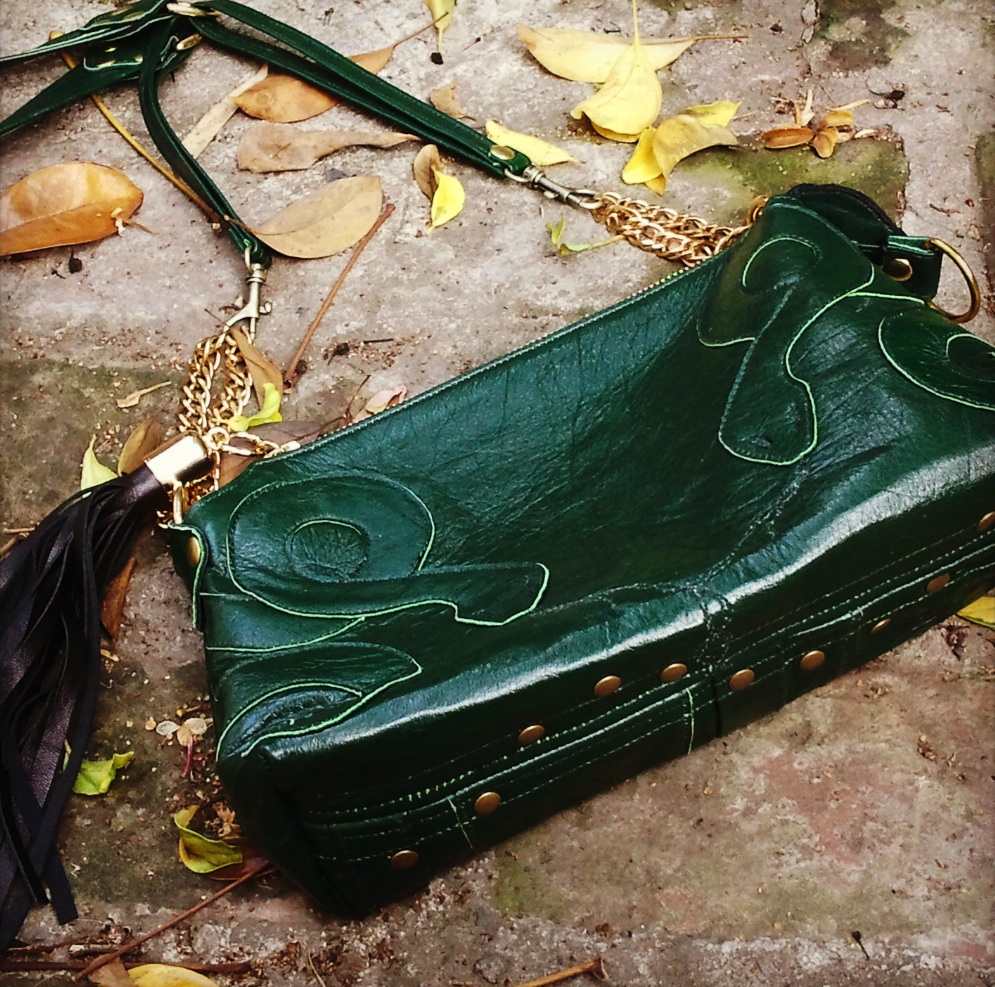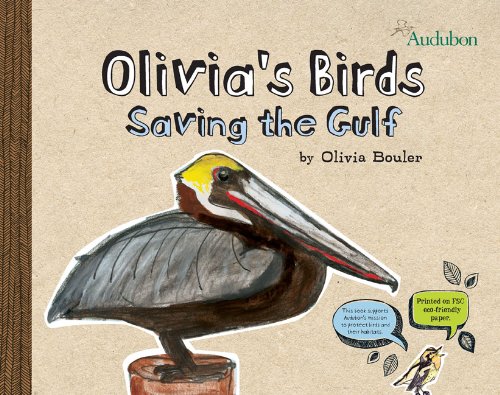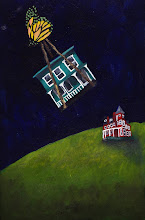
Crab swimming in oil tar balls in Orange Beach, Alabama: photo by James Bouler
How can this be? On the cover of this Sunday's New York Times, Abu Dhabi sets a goal of a zero-carbon footprint city in 2007 and builds it. The week before, NYT columnist Thomas Friedman describes how China has transformed its factories to manufacture clean-tech products. Meanwhile, our Senate can't pass clean energy legistation-- even with the oil spill in recent memory. Despite the $300 million invested by the oil industry in lobbying our legislators, I still had hopes that this issue wouldn't be reduced to the usual 'us vs. them' mentality and get tangled in gridlock. I hoped that with so much hanging in the balance-- manufacturing jobs, national security, and the ecology-- our representatives would see it in our nation's best interests to move the issue, but alas with midterm elections upon us, once again setting appropriate incentives to move the US off oil will have to wait again. One can only wonder if we can afford the cost of waiting while others pass us by.


























































